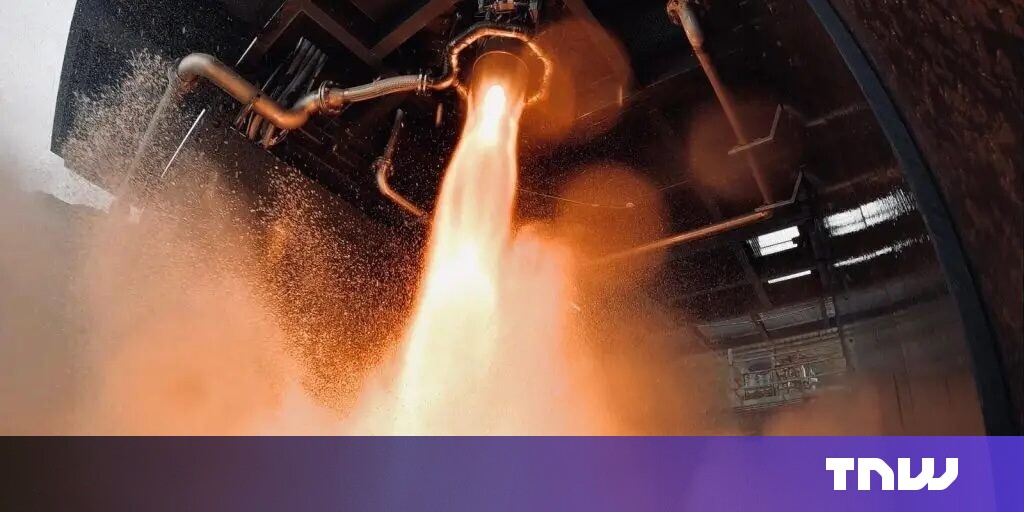Scottish 3D-Printed Engine: Countdown to Orbit
A revolutionary leap in space propulsion is on the horizon as Scotland's pioneering 3D-printed engine prepares for its orbital debut. This groundbreaking technology promises to redefine space travel, offering unprecedented efficiency and affordability. Get ready for liftoff as we delve into the details of this exciting development.
The Dawn of Additive Manufacturing in Space Propulsion
For decades, the development of rocket engines has been a complex and costly undertaking. Traditional manufacturing methods are time-consuming, requiring intricate machining and assembly processes. But a new era is dawning, spearheaded by the innovative work of Scottish engineers who have successfully 3D-printed a fully functional rocket engine. This feat represents a significant advancement in additive manufacturing and its application to space exploration.
Key Advantages of 3D-Printed Rocket Engines:
- Reduced Manufacturing Time: 3D printing significantly reduces lead times, accelerating the development and deployment of rockets.
- Lower Production Costs: This innovative technique eliminates the need for expensive tooling and complex assembly, leading to substantial cost savings.
- Enhanced Design Flexibility: 3D printing allows for intricate and complex designs previously impossible with traditional methods, optimizing engine performance and efficiency.
- Lightweight Construction: The ability to create lightweight yet strong components using 3D printing contributes to improved fuel efficiency and payload capacity.
The Scottish Engine: A Closer Look
The Scottish 3D-printed engine, a product of [Insert Company Name/University Name here – replace with accurate information], is poised to become a game-changer in the space industry. While specific details might be limited for proprietary reasons, we know the engine utilizes [Insert Material – e.g., a high-strength aluminum alloy] and incorporates [Insert Design Feature – e.g., a unique cooling system]. This combination allows for exceptional performance and durability, even in the harsh conditions of space.
Beyond the Technology: The Impact on the Space Industry
This achievement isn't just about a single engine; it signifies a paradigm shift in the space industry. The potential applications are vast, ranging from:
- Smaller, More Frequent Launches: The reduced cost and faster production time of 3D-printed engines could facilitate more frequent and smaller satellite launches.
- Increased Accessibility to Space: The lowered barrier to entry could pave the way for more private companies and research institutions to participate in space exploration.
- Sustainable Space Travel: Improved fuel efficiency contributes to a more sustainable approach to space travel, minimizing environmental impact.
The Countdown to Orbit: What to Expect
While the exact launch date remains undisclosed, the Scottish 3D-printed engine is expected to reach orbit within [Insert timeframe, if available – e.g., the next year]. This launch will be a pivotal moment, marking a significant milestone in the history of space exploration and the triumph of additive manufacturing. The success of this mission will undoubtedly inspire further innovation and accelerate the adoption of 3D printing in the aerospace sector.
The Future of Space Propulsion: 3D Printing Takes the Lead
The Scottish 3D-printed engine represents a significant leap forward in space propulsion technology. Its successful orbital deployment will not only demonstrate the viability of this innovative technology but also open up a world of possibilities for future space exploration. Stay tuned for updates as this exciting project progresses. We'll be sure to keep you informed about the launch and its impact on the space industry.
Keywords: Scottish 3D-printed engine, 3D printing, space propulsion, additive manufacturing, rocket engine, space exploration, orbital launch, aerospace engineering, space technology, innovation, sustainable space travel.
(Optional) CTA: Learn more about the advancements in additive manufacturing by subscribing to our newsletter (link to newsletter signup).
